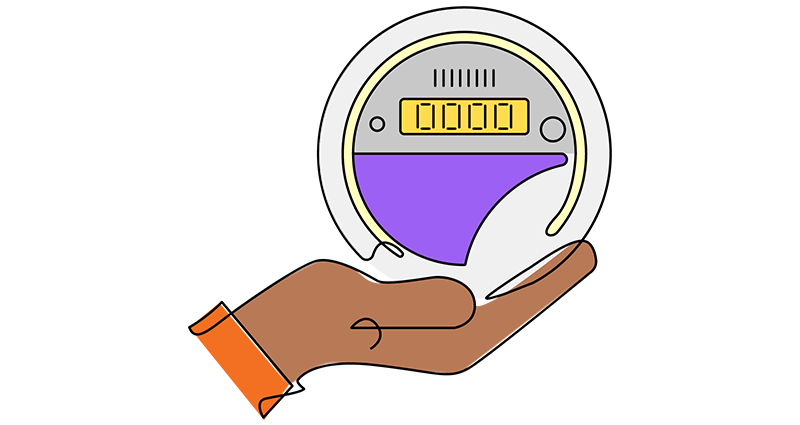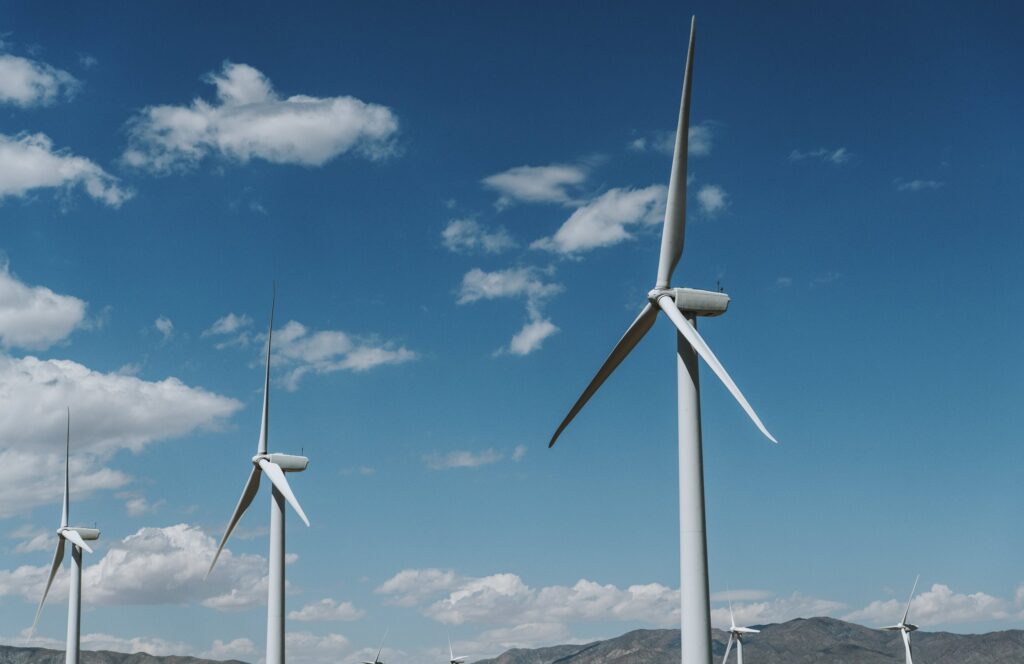Cutting your power bill is awesome, but the real win is shrinking your carbon footprint. Whether you dream of rooftop solar arrays or a graceful backyard windmill, you’ll want to weigh:
- How much juice you use: Peek at last year’s utility bills—are summers or winters your biggest energy suck?
- Where you’ll put it: Sun-hungry panels need clear, south-facing roof real estate. Turbines want open yard space and good gusts.
- Local weather vibes: If clouds dominate or wind rarely kicks up, one option will clearly outshine the other.
- Upfront cost vs. payback: Factor in equipment, installation, and any sweet rebates or tax credits your province offers.
- Ongoing care: Panels need an occasional scrub; turbines have moving parts that crave a bit more TLC.
- How it looks—and sounds: Solar is as quiet as a mouse. Wind? Sometimes it hums or whirs, so plan for that.

The Solar Scoop
What’s to Love
- Low fuss: Once they’re up, panels only need a scrape or two each year and a quick inverter check.
- Build-as-you-go: Start with a handful of panels now, add more later when budgets allow.
- Stealth mode: Nearly silent and tucked away on your roof.
- Proven track record: Most come with 25-year warranties, and many systems still churn power well past that.
What to Watch For
- Night and clouds: Solar napping hours mean you’ll still draw from the grid (or need batteries) after dark and on stormy days.
- Space hogs: You’ll need roughly 100–200 sq ft per kilowatt—so older homes with small roofs might be squeezed.
- Aging panels: Efficiency dips a few percent each decade, but it’s usually negligible.

The Wind Rundown
What’s to Love
- Round-the-clock power: Steady breezes at night or dawn keep your turbines turning when solar rests.
- Off-sun performance: If your locale is often overcast but breezy, wind can fill in the gaps.
- Surplus potential: In really windy spots, small turbines can even overproduce, letting you sell back to the grid.

What to Watch For
- Maintenance mojo: Bearings, blades, and moving parts need lubrication and check-ups—think 2–4 service visits a year.
- Noise factor: Most residential turbines hum at around 40–55 dB from 30 ft away (about the volume of a quiet conversation).
- Red tape: Zoning rules, permits, and setbacks can be stricter than solar’s simple roof permit.
- Visual footprint: A turbine tower is harder to hide than a set of panels.
Side-by-Side at a Glance
| Parameter | Solar Panels | Small Wind Turbines |
|---|---|---|
| Installed Cost | $2,500–$3,500 / kW | $3,000–$8,000 / kW |
| Efficiency | 15–22 % | 20–45 % |
| Space Needed | 100–200 sq ft per kW | 100–400 sq ft footprint |
| Maintenance | 1–2 cleanings per year | 2–4 mechanical services |
| Noise | Virtually silent | 40–55 dB at 30 ft |
| Peak Output | Midday to late afternoon | Dawn, dusk, and windy days |
| Lifespan | 25–30 years | 20–25 years |
Sizing It Up
- Crunch your numbers: Add up last year’s kWh to know your needs.
- Gauge your resource: Check average sun hours (PVWatts is great) or nab wind data from local maps or an anemometer.
- Match make: Multiply your chosen system size by resource availability to estimate annual power—and see how close you get to covering your bill.
Money Matters & Sweet Deals
- Federal tax credits: Often knock off 26–30 % of your total cost (solar and wind alike).
- Local rebates: Look up state or provincial programs—some offer cash back per watt installed.
- Net metering: Sell your excess electrons back to the grid at retail rates in many areas.
- Green financing: PACE loans or low-interest “eco-home” loans can spread payments out over years.
Quick FAQs
Which works better in dull climates?
Solar still kicks out 10–25 % of its peak on cloudy days; turbines need a steady 8 mph-plus breeze to really run.
Can I mix both?
Absolutely—hybrid setups smooth out dips, giving you sun-and-wind backup for reliable year-round power.
When will I break even?
Solar often pays back in 6–10 years; wind might need 7–12 years, depending on how blustery your neck of the woods is.
Do turbines need permits?
Nearly always. Check your local zoning for height limits, noise restrictions, and how far they must sit from property lines.
How do I care for my system?
Panels: gentle rinse with a hose and inverter checks once a year. Turbines: blade inspections, lubricating moving parts, and electrical checks every few months.
